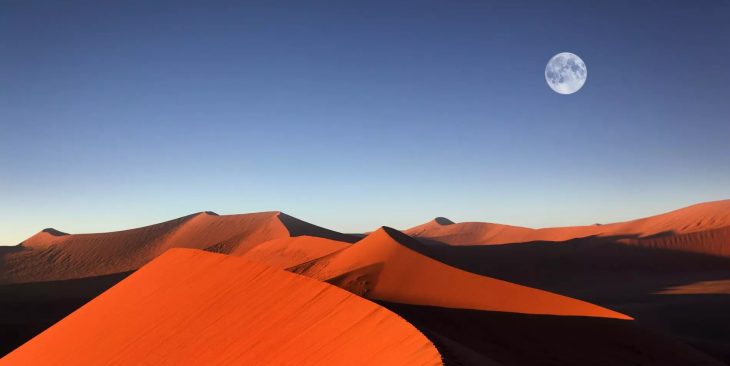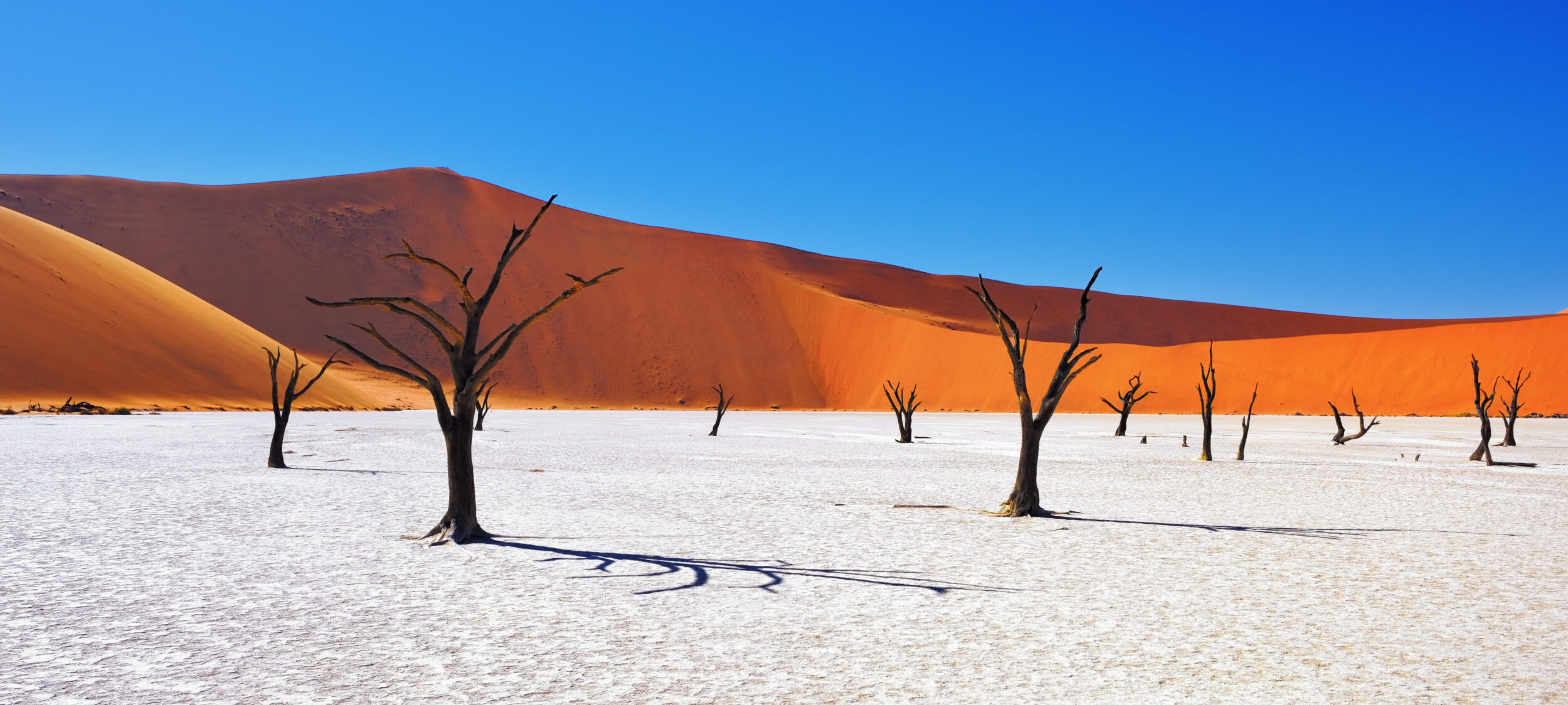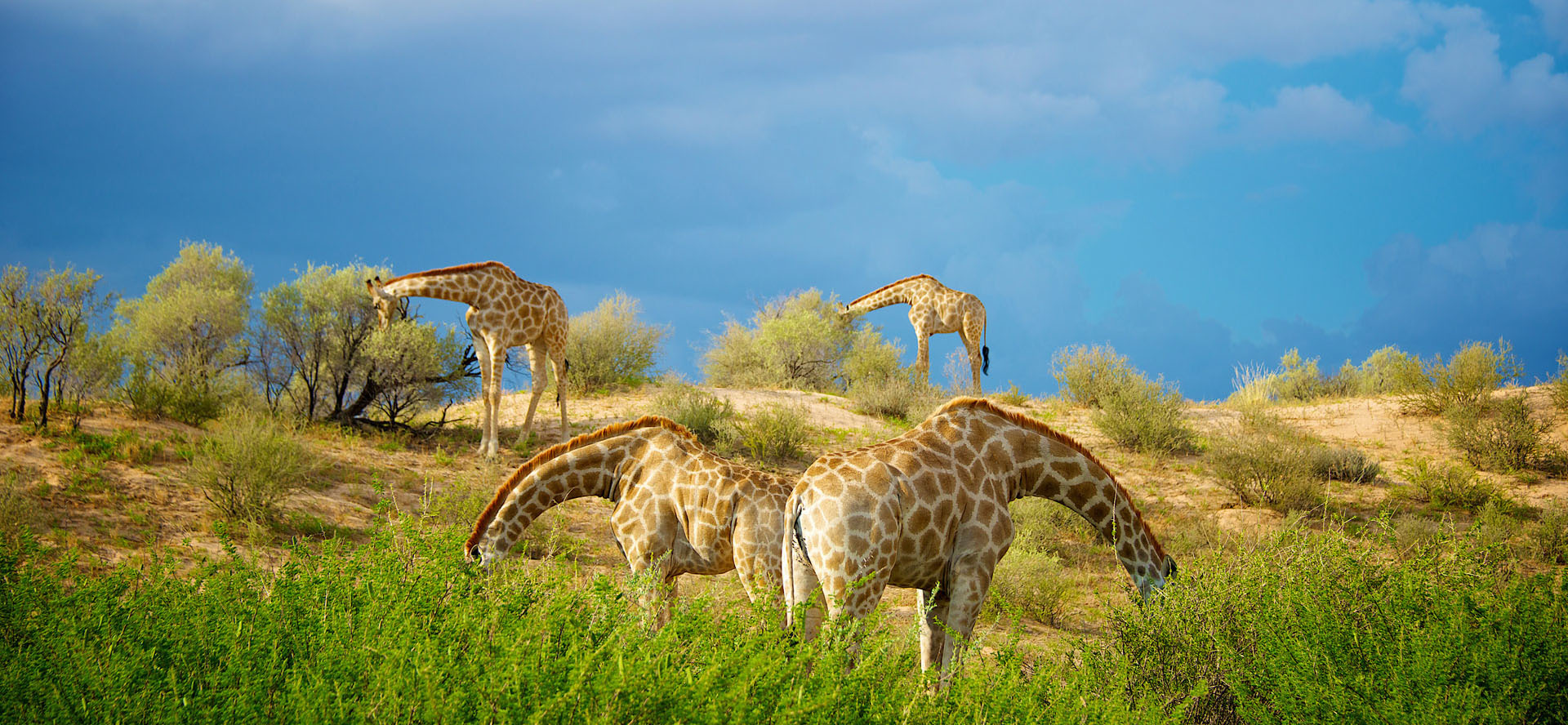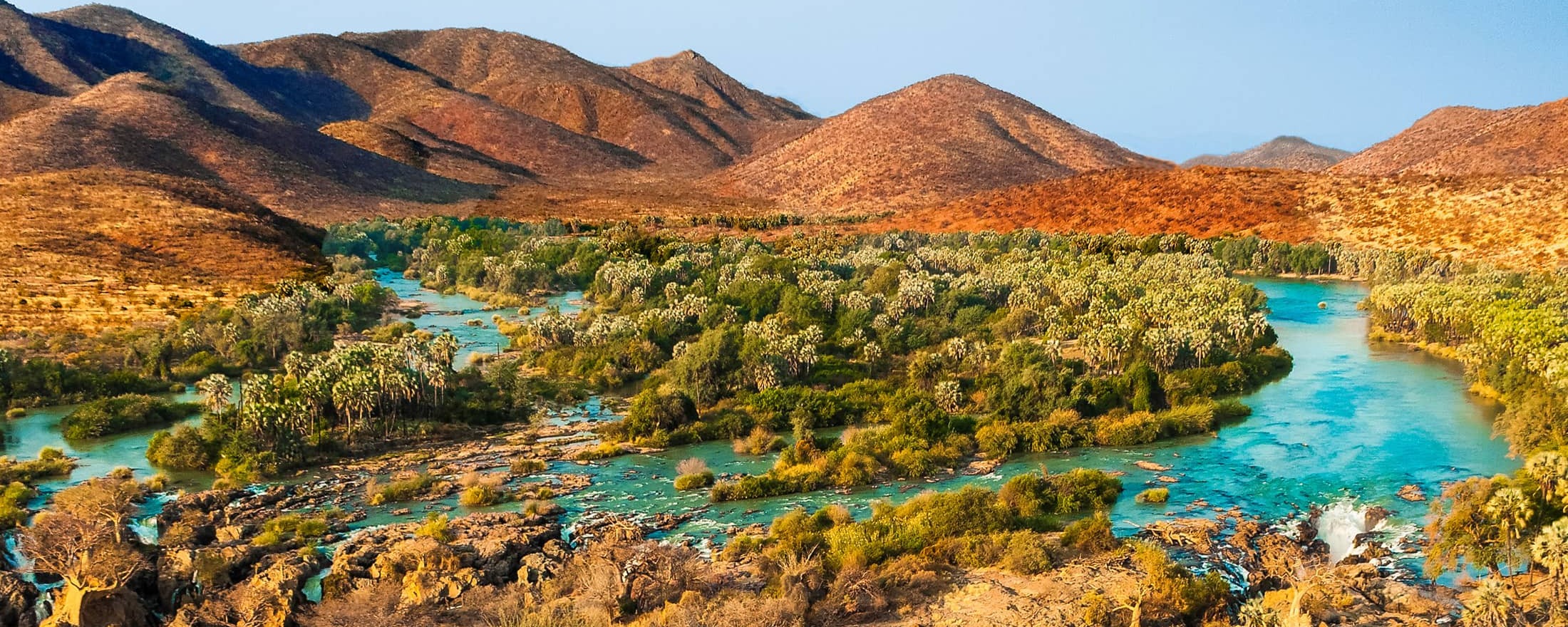
Namibia, a mesmerizing country nestled in southwestern Africa, is renowned for its stunning landscapes, vibrant cultures, and remarkable wildlife. From the vast stretches of the Namib Desert to the captivating wildlife of Etosha National Park, Namibia offers a truly unforgettable experience. In this article, we will delve into 19 fascinating facts about Namibia, shedding light on its rich history, unique geography, diverse flora and fauna, and much more.
Namibia: The Land of Endless Horizons
Namibia, officially known as the Republic of Namibia, is a country located in southwestern Africa. It shares borders with Angola to the north, Zambia and Botswana to the east, South Africa to the south, and the Atlantic Ocean to the west.
Namibia’s Capital: Windhoek
The capital city of Namibia is Windhoek, which is also the largest city in the country. Windhoek is a bustling hub that blends modernity with a touch of German colonial architecture, reflecting Namibia’s historical influences.
Namibia’s Unique Geography
Namibia boasts diverse geographical features, making it a land of stark contrasts. The country is home to the Namib Desert, one of the oldest deserts in the world, extending along the entire western coastline. In contrast, the northeastern regions are characterized by lush woodlands, rivers, and the captivating Caprivi Strip.
The Enigmatic Namib Desert
Stretching across an impressive 2,000 kilometers, the Namib Desert showcases an otherworldly beauty. Its towering sand dunes, often reaching heights of over 300 meters, present an awe-inspiring sight. Sossusvlei, a mesmerizing salt and clay pan surrounded by massive red dunes, is a must-visit destination in the Namib Desert.

Etosha National Park: A Wildlife Haven
Etosha National Park, situated in the northwestern part of Namibia, is a wildlife enthusiast’s paradise. Covering an area of approximately 22,270 square kilometers, the park is home to an incredible array of animals, including elephants, lions, zebras, giraffes, and numerous bird species.
The World’s Largest Population of Free-Roaming Cheetahs
Namibia is home to the largest population of free-roaming cheetahs in the world. These magnificent creatures can be spotted in various regions, particularly in central and northwestern Namibia. Conservation efforts in the country have played a crucial role in protecting and preserving this endangered species.
The Himba People: A Glimpse into Indigenous Culture
The Himba people, one of Namibia’s indigenous tribes, offer a fascinating insight into the country’s cultural heritage. Known for their distinctive red clay hairstyles and traditional attire, the Himba maintain a deep connection with their ancestral traditions and continue to uphold their way of life.
Damaraland: Home to the Desert-Adapted Elephants
Damaraland, located in northwestern Namibia, is renowned for its population of desert-adapted elephants. These majestic creatures have adapted to the harsh desert conditions, showcasing remarkable resilience in their search for water and food. Observing these elephants in their natural habitat is a truly awe-inspiring experience.

The Skeleton Coast: A Hauntingly Beautiful Stretch
The Skeleton Coast, extending along Namibia’s northwestern coastline, is a place of haunting beauty. Named after the numerous shipwrecks scattered along its shores, the coast offers a surreal atmosphere with its vast expanses of sand, dramatic dunes, and eerie ship remnants.
The Spitzkoppe: Namibia’s “Matterhorn”
Rising majestically from the desert plains, the Spitzkoppe is a granite peak that resembles the famous Matterhorn in the Swiss Alps. This iconic landmark, popular among hikers and climbers, offers breathtaking panoramic views of the surrounding landscape.
Namibia’s Rich Cultural Diversity
Namibia is a melting pot of diverse cultures and ethnic groups. Apart from the Himba people, other prominent ethnic groups include the Herero, Damara, San, Nama, and Ovambo. Each group possesses its unique customs, languages, and traditions, adding to the country’s rich cultural tapestry.
The Namibian Independence Struggle
Namibia’s road to independence was marked by a long and arduous struggle against colonial rule. The country gained its independence from South Africa on March 21, 1990, and has since grown into a vibrant and progressive nation.
The Quiver Tree Forest: A Surreal Wonderland
Located in southern Namibia, the Quiver Tree Forest is a truly surreal sight. These peculiar aloes, also known as poker booms, stand tall against the desert backdrop, creating a magical and otherworldly atmosphere. The forest is particularly enchanting during sunset when the trees cast long, dramatic shadows.

Namibia’s Impressive Biodiversity
Despite its arid climate, Namibia boasts an astonishing diversity of flora and fauna. The country is home to numerous endemic species, including the Welwitschia mirabilis, a peculiar plant that can live for over 1,000 years. Namibia’s national parks and reserves provide a sanctuary for the country’s diverse wildlife.
Namibia’s German Colonial Legacy
Namibia’s history is intertwined with German colonial influence, which is still evident in its architecture, cuisine, and cultural practices. German-style buildings, such as the iconic Christuskirche in Windhoek, serve as reminders of the country’s colonial past.
The Fish River Canyon: Africa’s Grand Canyon
The Fish River Canyon, located in southern Namibia, is the largest canyon in Africa and one of the most spectacular natural wonders on the continent. Spanning approximately 160 kilometers in length and reaching depths of up to 550 meters, this awe-inspiring gorge offers breathtaking vistas and exceptional hiking trails.
Namibia’s Diamond Industry
Namibia is renowned for its diamond industry, with significant diamond deposits found along its coastline and in the interior. The country adheres to strict ethical mining practices, ensuring the sustainable exploitation of this precious resource.
The Tropic of Capricorn: Namibia’s Geographical Mark
The Tropic of Capricorn passes through the southern region of Namibia, adding an interesting geographical feature to the country. This imaginary line marks the southernmost latitude where the sun can appear directly overhead.

Namibia’s Warm and Welcoming Spirit
One of Namibia’s most endearing qualities is the warm and welcoming nature of its people. Namibians, known for their hospitality and friendliness, eagerly share their culture, stories, and traditions with visitors, creating an enriching and unforgettable experience.
Conclusion
Namibia, with its captivating landscapes, vibrant cultures, and diverse wildlife, is a treasure trove of natural wonders and historical significance. From the mesmerizing dunes of the Namib Desert to the abundant wildlife of Etosha National Park, Namibia beckons travelers with its enchanting allure.
Frequently Asked Questions (FAQs)
Is Namibia a safe country to visit?
Namibia is generally considered a safe country to visit. However, it is always advisable to take necessary precautions and stay informed about the current situation before traveling.
What is the best time to visit Namibia?
The best time to visit Namibia is during the dry season, which typically falls between May and October. During this time, wildlife is more concentrated around water sources, and the weather is generally pleasant.
Can I drive through the Namib Desert?
While it is possible to drive through certain parts of the Namib Desert, it is essential to have a reliable four-wheel-drive vehicle and be well-prepared with supplies, as the desert can be unforgiving and challenging to navigate.
Are there any cultural etiquettes to be aware of in Namibia?
Respecting local customs and traditions is important in Namibia. It is advisable to ask for permission before taking photographs of people, especially in rural areas, and to dress modestly when visiting traditional communities.
What is the currency of Namibia?
The currency of Namibia is the Namibian dollar (NAD), although South African Rand (ZAR) is also widely accepted.
Was this page helpful?
Our commitment to delivering trustworthy and engaging content is at the heart of what we do. Each fact on our site is contributed by real users like you, bringing a wealth of diverse insights and information. To ensure the highest standards of accuracy and reliability, our dedicated editors meticulously review each submission. This process guarantees that the facts we share are not only fascinating but also credible. Trust in our commitment to quality and authenticity as you explore and learn with us.
